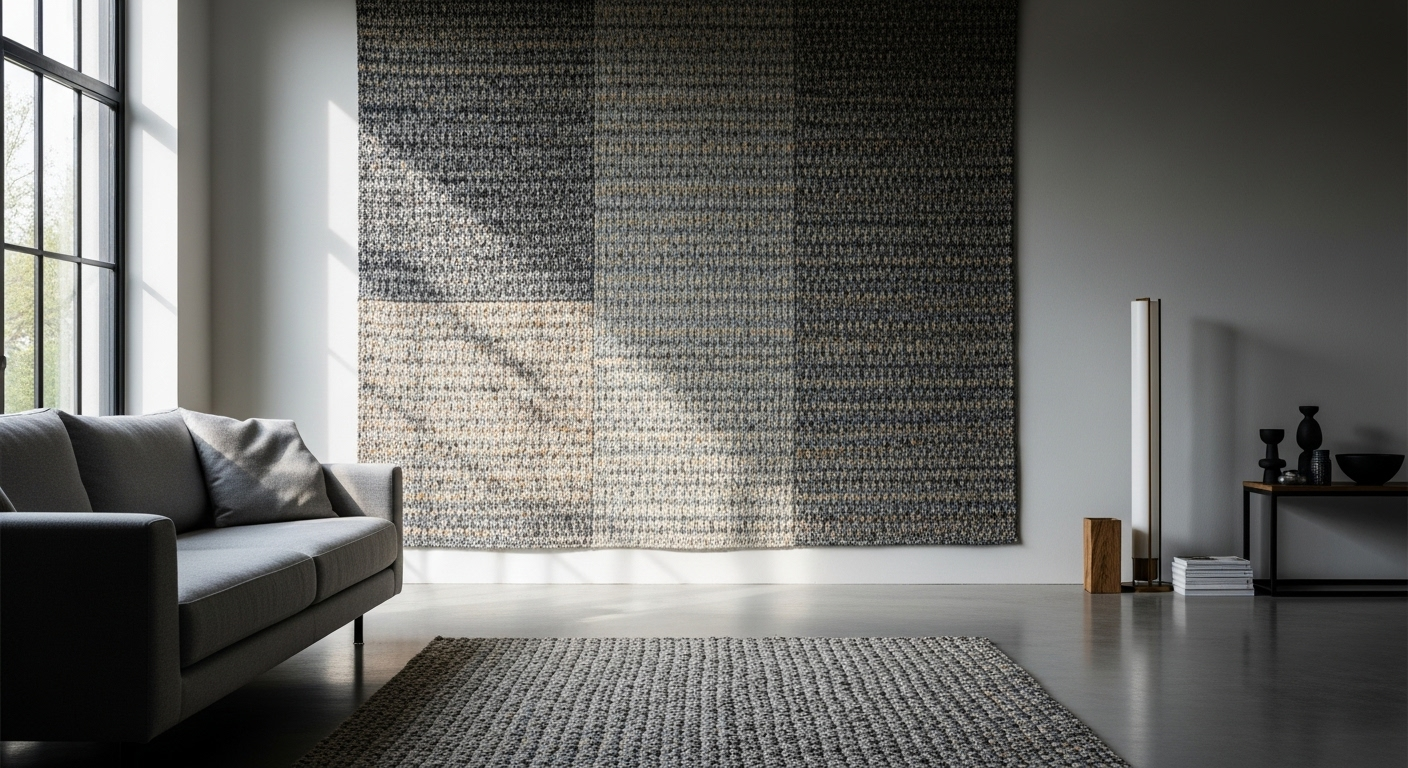Acoustic Textiles: The Silent Revolution in Home Comfort
In the ever-evolving world of interior design, a new player has quietly entered the scene, promising to transform our living spaces in ways we never imagined. Acoustic textiles, a cutting-edge fusion of sound engineering and fabric design, are reshaping how we experience comfort in our homes. This innovative approach to textiles goes beyond mere aesthetics, delving into the realm of auditory well-being and creating harmonious environments that cater to all our senses.

The Science Behind Sound-Absorbing Fabrics
At the heart of acoustic textiles lies a complex interplay of materials science and sound physics. These fabrics are engineered with specific structures and compositions that allow them to effectively trap and dissipate sound waves. The key lies in their ability to convert sound energy into heat through friction within the fabric’s fibers.
Traditional acoustic treatments often relied on thick, heavy materials that were impractical for everyday use in homes. Modern acoustic textiles, however, utilize advanced manufacturing techniques to create lightweight, flexible fabrics that can be seamlessly integrated into various home decor elements. From microfiber blends to innovative weaves incorporating sound-absorbing materials like recycled polyester or natural fibers treated with acoustic properties, these textiles offer a wide range of options for every design preference.
From Noise Cancellation to Sound Enhancement
While the primary function of acoustic textiles is to reduce unwanted noise, their benefits extend far beyond simple sound dampening. These fabrics can be strategically employed to enhance the acoustic qualities of a space, creating environments that are not just quieter, but also more sonically pleasing.
In home theaters or music rooms, acoustic textiles can be used to fine-tune the sound, reducing echoes and improving clarity. In bedrooms, they can create a cocoon of silence, promoting better sleep quality. Even in open-plan living spaces, these fabrics can be used to define acoustic zones, allowing for multiple activities to occur simultaneously without audio interference.
Aesthetic Versatility Meets Functional Design
One of the most exciting aspects of acoustic textiles is their ability to seamlessly blend form and function. Gone are the days of unsightly foam panels or bulky sound-absorbing installations. Today’s acoustic fabrics come in a stunning array of colors, patterns, and textures, allowing them to become statement pieces in their own right.
Designers are embracing this new medium, creating intricate wall hangings that double as sound absorbers, or plush area rugs that not only add warmth to a room but also improve its acoustic properties. The possibilities are endless, from subtle, texture-rich neutrals that whisper sophistication to bold, vibrant prints that make a dramatic visual impact while working hard behind the scenes to create a more pleasant auditory environment.
The Impact on Well-being and Productivity
The benefits of acoustic textiles extend beyond mere comfort, touching on aspects of health and well-being that are increasingly important in our modern lives. Studies have shown that excessive noise can lead to stress, sleep disturbances, and decreased cognitive performance. By incorporating acoustic textiles into our homes, we’re not just creating more pleasant spaces; we’re potentially improving our overall quality of life.
For those working from home, acoustic textiles can create a more productive environment by reducing distractions and improving focus. In family homes, these fabrics can help create peaceful spaces for relaxation and connection, allowing conversations to flow more easily without competing with background noise.
Sustainability and the Future of Acoustic Design
As with many innovations in home design, sustainability is a key consideration in the development of acoustic textiles. Many manufacturers are exploring eco-friendly options, using recycled materials or natural fibers that offer excellent sound-absorbing properties while minimizing environmental impact.
Looking to the future, the potential for acoustic textiles seems boundless. Researchers are exploring smart fabrics that can actively adapt to changing sound environments, or even fabrics that can generate sound themselves, opening up new possibilities for immersive home experiences.
The integration of acoustic textiles into our homes represents a subtle yet profound shift in how we think about interior design. By addressing the often-overlooked aspect of our auditory environment, these innovative fabrics are helping to create spaces that truly cater to all our senses, promising a future where comfort is not just seen and felt, but heard—or rather, not heard—in the most delightful way possible.





